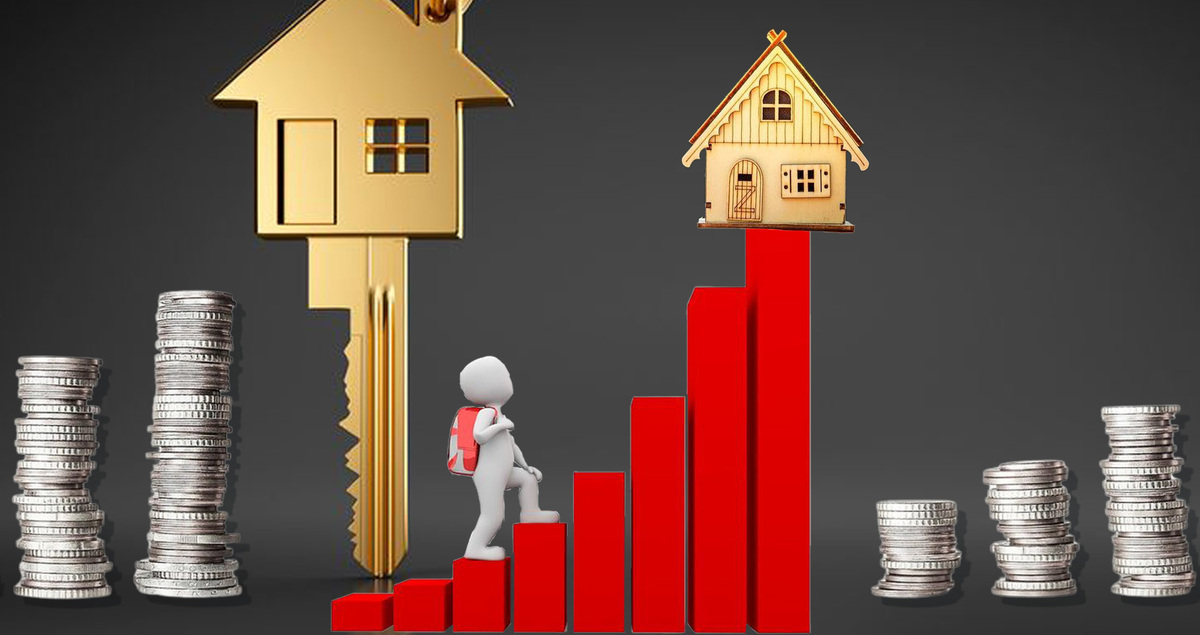
Maximizing Profits in Singapore’s Property Market: What Investors Need to Know
Essential strategies for success in Singapore's dynamic property market.
Investing in Singapore’s property market can feel like navigating a maze—especially when your goal is to maximize profits. With all the rules, regulations, and market trends to keep track of, it’s easy to get lost in the details. But if you play your cards right, Singapore’s property market can be a goldmine. So, how do you make sure you’re not just breaking even—but actually walking away with a healthy profit? Here’s what you need to know.
Location is Still King
It might sound cliché, but the old adage—location, location, location—still holds water. The right location can make all the difference between a property that sits on the market and one that’s snapped up in no time. In Singapore, areas like Orchard Road, Marina Bay, and the Central Business District (CBD) remain hot favorites. Properties in these areas typically see higher demand and—by extension—higher resale values. But don’t overlook emerging neighborhoods either. Areas like Punggol and Tampines are seeing rapid development, which could mean future gains if you get in early.
Understand the Market Cycles
Property markets are cyclical, and Singapore is no exception. Understanding where the market is in its cycle can help you make more informed decisions. Are prices peaking? You might want to hold off on buying. Are they in a trough? It could be time to scoop up a good deal. Historical data shows that Singapore’s property market tends to move in cycles of about four to six years. Keeping an eye on these trends—along with economic indicators like interest rates and government policies—can give you a clearer picture of when to buy and when to sell.

The Role of Government Policies
In Singapore, government policies play a significant role in shaping the property market. Whether it’s the cooling measures introduced to curb speculative buying or incentives to promote sustainable living—policies can make or break your investment strategy. For instance, the introduction of Additional Buyer’s Stamp Duty (ABSD) has made it more expensive for foreigners to invest in Singapore properties. On the flip side, policies aimed at urban renewal can increase property values in specific areas. Staying updated on these policies is crucial if you want to maximize your returns.
Managing Costs and Taxes
Speaking of costs—let’s talk about taxes. Singapore has a range of taxes that property investors need to be aware of, including the Buyer’s Stamp Duty (BSD) and the Additional Buyer’s Stamp Duty (ABSD). But one tax that often trips up investors is the Seller’s Stamp Duty (SSD). Introduced to discourage speculative flipping, SSD can eat into your profits if you sell a property within three years of purchasing it. The tax rates range from 4% to 12%, depending on how soon you sell after buying. Knowing how the Singapore seller stamp duty works can help you plan your exit strategy more effectively—and avoid any nasty surprises.
Diversification is Key
You’ve probably heard this a million times, but it bears repeating—don’t put all your eggs in one basket. Diversifying your property investments across different types of properties—be it residential, commercial, or industrial—can help mitigate risks. Residential properties might offer stable, long-term rental income, while commercial properties could provide higher yields. Balancing your portfolio across different sectors can protect you from market volatility and offer more consistent returns over time.

The Power of Leverage
Leverage can be a double-edged sword. On one hand, taking out a mortgage allows you to invest in properties that might be out of reach if you were relying solely on cash. On the other hand, too much leverage can put you in a precarious position—especially if interest rates rise or the market takes a downturn. In Singapore, banks typically offer loans up to 75% of the property value, but it’s crucial to assess your risk tolerance before taking on debt. Remember—just because you can borrow doesn’t mean you should.
Long-Term vs. Short-Term Gains
Finally, think about your investment horizon. Are you in it for the long haul, or are you looking to make a quick buck? Short-term gains can be tempting, especially in a rising market, but they also come with higher risks—like market fluctuations and the dreaded SSD. Long-term investments, on the other hand, might offer more stability, allowing you to ride out market cycles and benefit from appreciation over time. Deciding on your investment horizon will guide your strategy and help you stay focused on your goals.
Conclusion
Maximizing profits in Singapore’s property market isn’t about luck—it’s about strategy. From picking the right location and understanding market cycles to managing costs and leveraging wisely—each decision you make can significantly impact your returns. By staying informed and approaching your investments with a clear plan, you can turn Singapore’s property market into a profitable venture. Just remember—knowledge is your best asset in this game.











